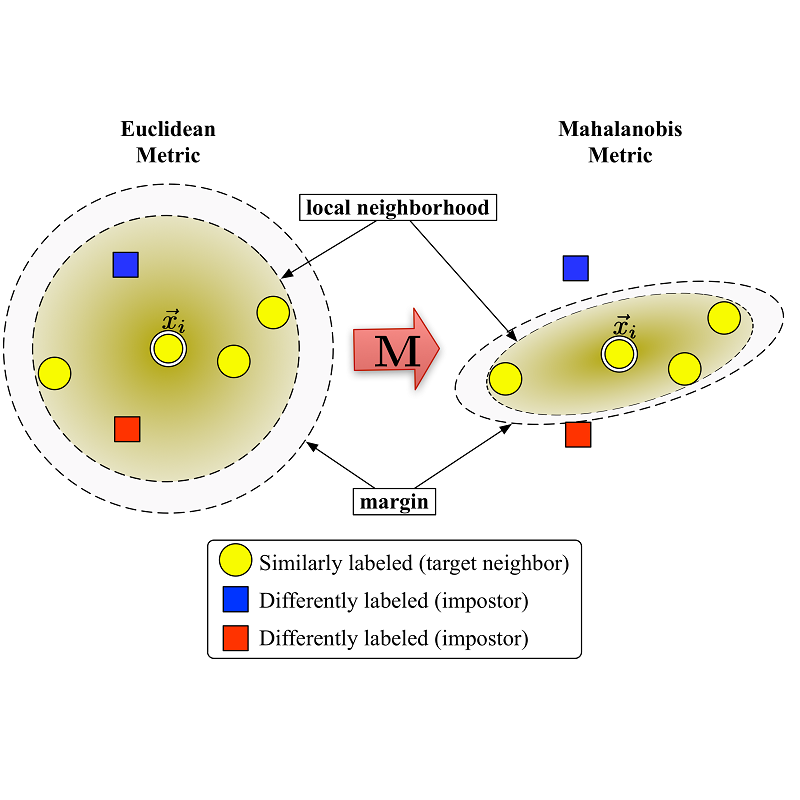This paper investigates simultaneous preference and metric learning from a crowd of respondents. A set of items represented by $d$-dimensional feature vectors and paired comparisons of the form ``item $i$ is preferable to item $j$'' made by each user is given. Our model jointly learns a distance metric that characterizes the crowd's general measure of item similarities along with a latent ideal point for each user reflecting their individual preferences. This model has the flexibility to capture individual preferences, while enjoying a metric learning sample cost that is amortized over the crowd. We first study this problem in a noiseless, continuous response setting (i.e., responses equal to differences of item distances) to understand the fundamental limits of learning. Next, we establish prediction error guarantees for noisy, binary measurements such as may be collected from human respondents, and show how the sample complexity improves when the underlying metric is low-rank. Finally, we establish recovery guarantees under assumptions on the response distribution. We demonstrate the performance of our model on both simulated data and on a dataset of color preference judgements across a large number of users.
翻译:本文对来自众多受访者的同步偏好和衡量学习进行了调查。 一组由 $d$- 维特质矢量和对表“ item $i $ ” 的配对比较代表的物品比每个用户的“ jun $ $ ” 更可取。 我们的模型共同学习一个距离指标, 显示人群对项目相似性的一般测量特点, 以及每个用户反映个人偏好的潜在理想点。 这个模型可以灵活地捕捉个人偏好, 同时享受在人群之间摊分的衡量学习抽样成本。 我们首先在无噪音、连续的响应环境中( 即对项目距离差异的反应) 来研究这个问题, 以了解学习的基本限度。 接下来, 我们为噪音、 二进式测量( 如可能从人类受访者那里收集的) 建立预测错误保证, 并展示在基本测量标准低调时样本复杂性如何改善。 最后, 我们根据响应分布的假设建立恢复保证。 我们用模拟数据和大量用户的颜色偏好数据模型的性。




